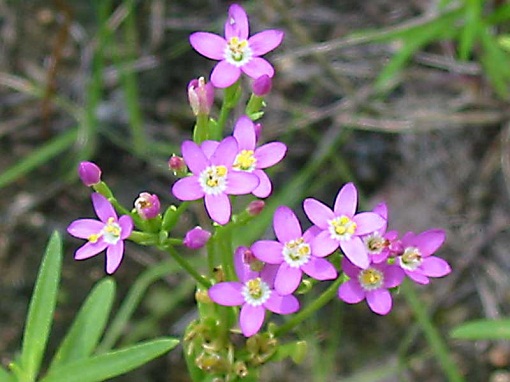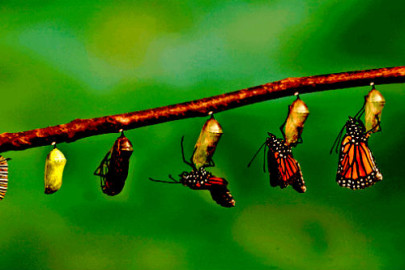In which Nige goes for a walk in the Surrey Hills…
Against the hot blue sky, the terraced knoll loomed enormous, its summit lost in a shimmering heat-haze. The grassy flanks seemed to radiate a reflected heat, enfolding us in a weighted, thyme-scented silence, enhanced rather than disturbed by the monotone of a thousand insects. On the banks at the hill’s foot, the cropped turf was gemmed with the small downland flowers, many of which I had never seen before: rockrose, milkwort, centaury…
Thus Jocelyn Brooke in The Military Orchid – a memoir built around his passion for wild flowers, especially orchids. He is recounting a first boyhood visit to the downs above Folkestone which kindled a lifelong love of chalk downland flora. ‘Rockrose, milkweed, centaury…’ I couldn’t visualise Centaury when I read the passage and meant to look it up, but was distracted by the name. Apparently it does derive from the obvious source – Centaur – and from a legend that it was Chiron the Centuar who first divulged the secrets of Centaury’s healing powers (it’s still widely used in herbal medicine).
The chalk downland flora were in their high summer glory when I took a walk in the Surrey Hills with my cousin down from Derbyshire. Blue scabious and yellow hawkweed over knapweed and wild marjoram, bird’s-foot trefoil and clover… And the lovely pale Chalkhill Blues were flying in uncountable numbers, along with Common Blues – disappointingly no Adonis – and the odd Brown Argus. Gatekeepers were everywhere, and Meadow Browns of course. A pale-looking specimen flew past which I instantly identified as yet another Meadow Brown – but my cousin, not so sure, watched it land and called me over for a closer look. Yes, I confirmed with one glance of my expert eye, a paler-than-usual Meadow Brown. But then I took a proper look…
Yes, it was pretty pale, but the eye on the forewing that was just showing was altogether too small and lustreless – and why were those wings staying so firmly closed? That’s not Meadow Brown behaviour. The obliging specimen stayed put, quite immobile, long enough for me to consult my trusty field guide and conclude that this was no Meadow Brown, but a Grayling, a species I hadn’t (knowingly) seen in years. When it eventually, reluctantly took to the air and flew weakly away for a few yards, then dropped to the ground again in the identical pose, wings tight shut, slightly off-vertical, the identification was confirmed, and I had learnt a lesson: Use your eyes! Look properly, even if you think you know what you’re seeing.
Amid all the butterfly spotting (and misidentifying), we were also taking an interest in the flowers – among which was a pretty little item with small pink, five-petalled flowers. We took one stem (came off in my hand, honest) home to identify. Yes, it was Centaury. Now I know.












I’ve still to find any centaury